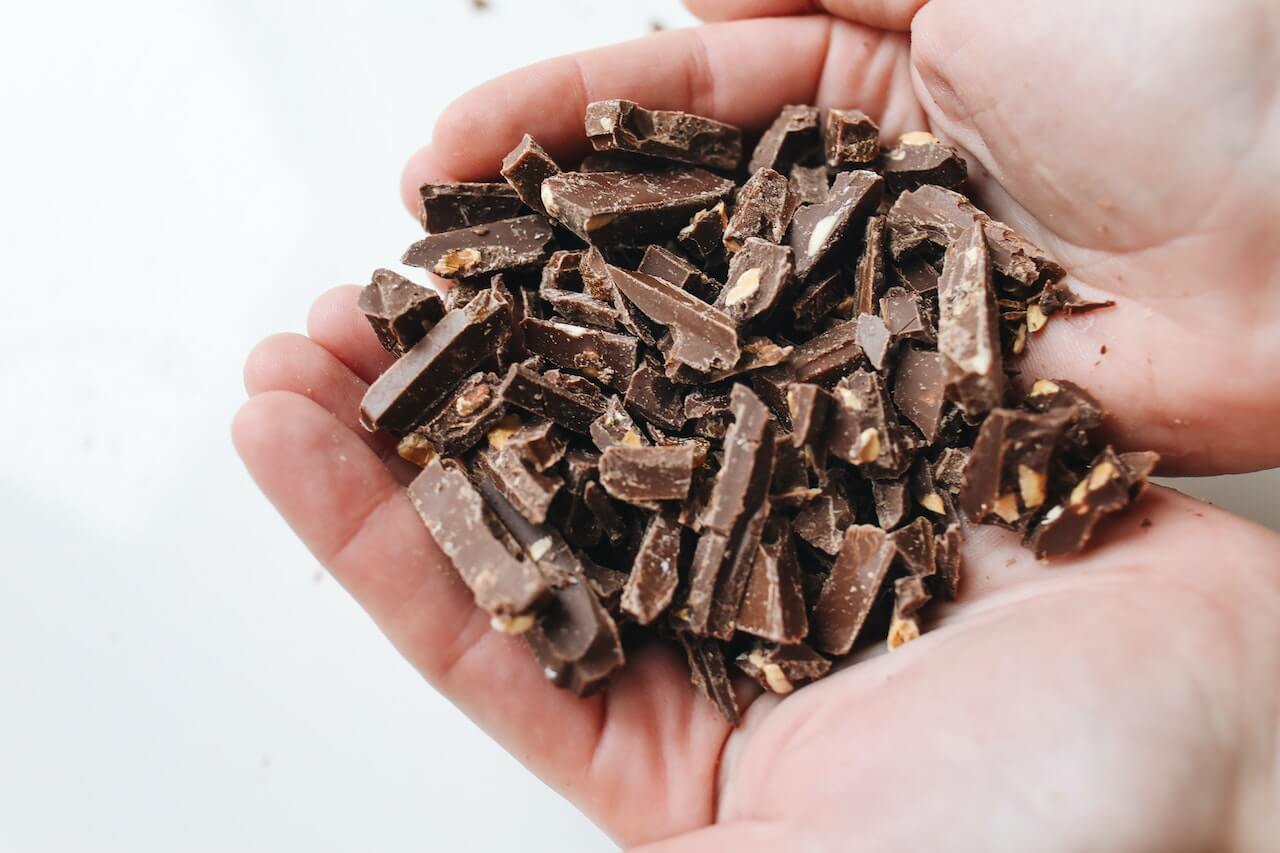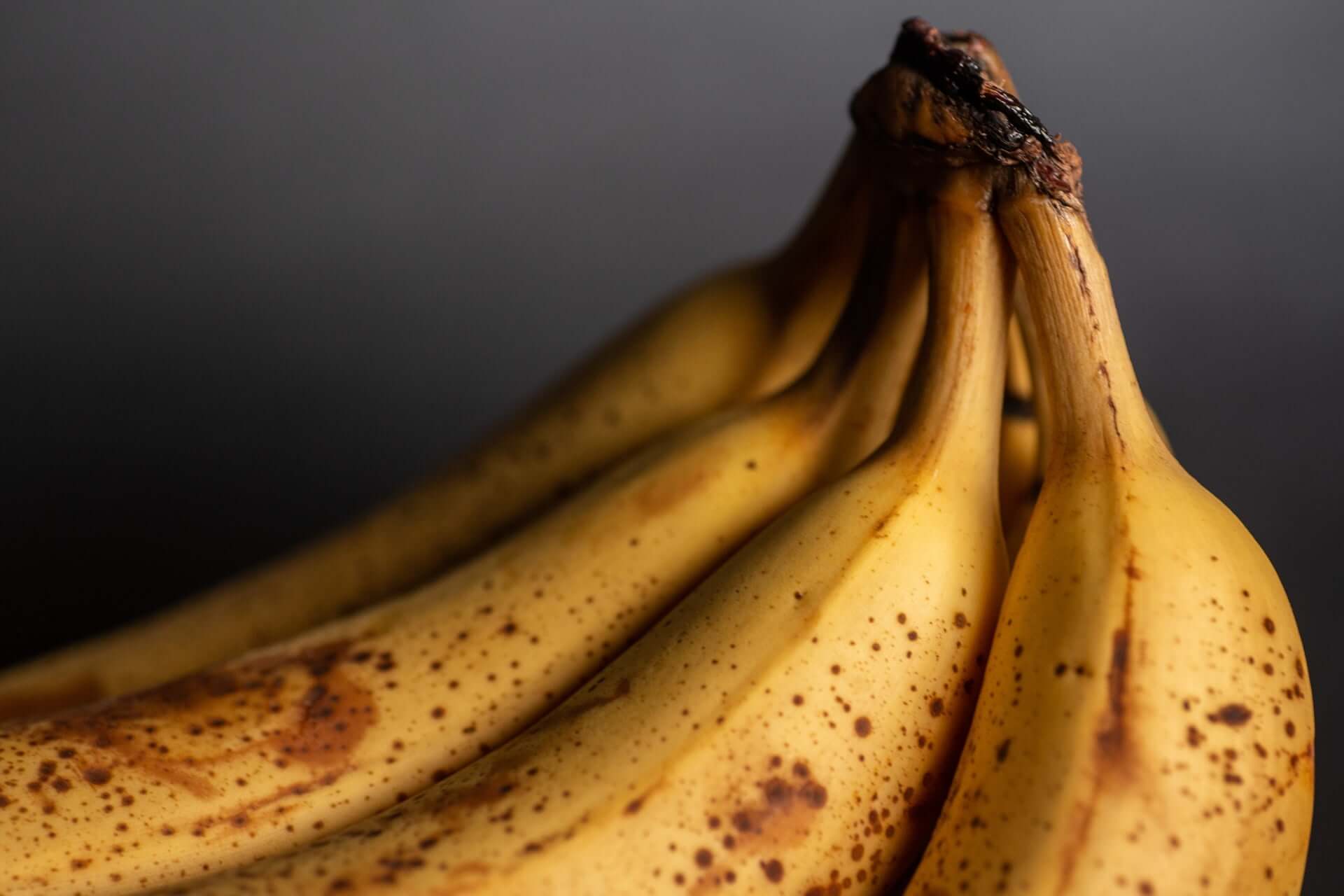Enjoying candy doesn't have to be a guilt-ridden affair. With some knowledge and mindfulness, you can savor your favorite treats while maintaining your health goals.
Candy isn’t just a sweet treat; it symbolizes joy, celebration, and nostalgia. Whether it's the colorful array of candies that brighten up Easter baskets, Halloween candy, or the festive candy canes adorning our Christmas trees, candy plays an integral role in our lives year-round.
Before we dive into our list of healthy candy options and low-sugar alternatives, I want to introduce an important principle: balance and moderation. While indulging without restraint is tempting, enjoying candy in moderation as part of a balanced diet is the best way to support your health and well-being.
Candy can be part of a balanced diet, but too much can be harmful.
{{mid-cta}}
Including Candy in a Healthy Diet
Candy in a healthy diet? Yes, you read that right. While it might seem contradictory, incorporating candy into a balanced eating plan is entirely possible. Doing so can help satisfy your sweet tooth while maintaining overall health and well-being.
The foundation of a healthy diet is balance. Balance means eating various nutrient-rich foods that provide your body with the essential vitamins, minerals, and energy it needs to thrive, plus making mindful choices to enjoy the occasional sweet treat without compromising your overall nutrition.
One of the most important things to consider when incorporating candy into a healthy lifestyle is the practice of mindfulness. Rather than reaching for candy out of boredom or in response to emotional triggers, consider tuning in to your body's hunger and cravings.
Mindful eating means being aware of what your body truly needs. Before indulging in a sweet treat, ask yourself if you're genuinely hungry or eating to self-soothe in response to some emotional distress. If it's genuine hunger or a specific craving, by all means, enjoy your candy in moderation, savoring each bite.
But if you're reaching for candy as a distraction or comfort, consider alternative activities like a walk, a chat with a friend, or a creative activity (like coloring) to address those emotional needs. Mindful eating can help you create a healthier relationship with sweets, one that respects your body's cues and promotes overall well-being.
That being said, sugar cravings don't have to lead you down the candy aisle every time. Here are some healthier alternatives to consider when the sweet tooth strikes:
Fresh Fruit - Nature's candy contains natural sugars, fiber, and various nutrients. Opt for fresh fruits like berries, apples, or citrus to satisfy your sweet cravings.
Greek Yogurt with Honey - A spoonful of Greek yogurt drizzled with honey provides a creamy and sweet treat with added protein and probiotics.
Trail Mix - Create your own trail mix with a mix of nuts, dried fruits, and a sprinkle of dark chocolate chips for a satisfying and nutritious snack.
Seeking nutritious alternatives to sweets cravings can be a good approach, but sometimes you just want some candy! Keep reading for tips for choosing better candy options.

7 Tips For Choosing Better Candy Options
When selecting healthier candy options, it's all about knowing what to look for.
Looking for nutritious ingredients can help you spot the best candy choices and find the ones that support your health.
- Go With Dark Chocolate
Not all chocolate candy is created equal. Dark chocolate is a more nutrient-dense choice, especially in varieties with a high cocoa content (70% or more). It contains less sugar and is rich in antioxidants like flavonoids, which can have health benefits.1
- Embrace Dried Fruits and Nuts
When craving a sweet and savory combo, reach for snacks that combine dried fruits and nuts. They provide a satisfying crunch and natural sweetness while delivering essential nutrients and fiber. Dark chocolate bars that include dried fruit and nuts are a deliciously nutritious option.
- Choose Smaller Portions
One of the simplest ways to enjoy candy without going overboard is to opt for smaller portions. Mini-sized candy bars or individually wrapped pieces can help you manage portion control and prevent excessive sugar intake.
- Look for Low-Calorie Options
Many candy manufacturers now offer low-calorie versions of classic favorites. These options can help you satisfy your sweet tooth with fewer calories, making them a smart choice for calorie-conscious consumers.
Just because something is lower in calories doesn’t mean it’s healthier, but it can be a good option if you’re trying to reduce your caloric intake for weight loss.
- Read Nutrition Labels
Reading nutrition labels can help you make informed choices. Look for candies with less added sugar and fewer additives like dyes, artificial flavors, and artificial colors. A shorter list of ingredients indicates that the candy is a better choice.
Nutrition labels can also tell you whether the candy is gluten-free, dairy-free, non-GMO, organic, plant-based, or fair trade. While non-GMO, organic, or fair trade labels do not necessarily mean healthier, they can tell you where ingredients are sourced.
- Limit High-Fructose Corn Syrup
High-fructose corn syrup is a common sweetener found in many candies, and consuming too much of it is associated with various health concerns.
Opt for candies sweetened with natural alternatives like honey, maple syrup, or agave nectar when possible. When you consume candies that use high-fructose corn syrup, enjoy them in moderation.
- Sugar-Free Options
Sugar-free candies, like Smartsweets, can be a good option for those concerned about their blood sugar or watching their sugar intake.
While these options are low-sugar, they often contain sugar alcohols and artificial sweeteners like stevia and allulose that may cause digestive upset, such as bloating diarrhea when consumed in excess. Pay attention to how these foods make you feel, and like anything, enjoy them in moderation.
Use these tips to confidently navigate the candy aisle and make choices that align with your health and wellness goals.
5 Healthy Candy Options
Signos searched high and low for the healthiest candy options, so you don’t have to. Here are our top picks based on ingredients, calories, and serving size:
- Hershey's Miniatures: Special Dark (Serving Size: 5 pieces) 200 calories; 13g fat; 7g saturated fat; 25mg sodium; 24g carbs; 18g sugar; 3g protein
- UnReal Milk Chocolate Gems: (Serving Size: 35 pieces) 140 calories; 8g fat, 4.5g saturated fat, 18g carbohydrate, 14g sugar, 3g protein
- Endangered Species Dark Chocolate Bites: (Serving Size: 2 pieces) 120 calories: 9g fat, 6g saturated fat, 8g carbohydrate, 2g sugar, 2g protein
- Snack Size York Peppermint Pattie (Serving Size: 1 piece) 60 calories; 1g fat; 0.5g saturated fat; 5mg sodium; 14g carbs; 11g sugar
- Milk Chocolate Kisses filled with Caramel (Serving Size: 9 pieces) 190 calories; 9g fat; 6g saturated fat; 75mg sodium; 27g carbs; 23g sugar; 3g protein
Many of these candy options are available on Amazon or in your local grocery store.
5 Less Healthy Candy Options
The candy options below could be considered less healthy than those above because they have more sugar and are higher in calories, grams of sugar, and additives.
- Reese's Chocolate Peanut Butter Cups Miniatures (Serving Size: 5 pieces) 220 calories; 13g fat; 5g saturated fat; 130mg sodium; 26g carbs; 23g sugar; 4g protein
- Twix Caramel Cookie Bars (Serving Size: 2 cookies, 1 pack) 250 calories; 12g fat; 9g saturated fat; 100mg sodium; 33g carbs; 24g sugar; 2g protein
- Milk Duds (Serving Size: 1 regular-sized box) 230 calories; 8g fat; 5g saturated fat; 135mg sodium; 38g carbs; 27g sugar; 2g protein
- Brach's Candy Corn (Serving Size: 19 pieces) 140 calories; 0g fat; 70mg sodium; 36g carbs; 32g sugar; 0g protein
- Gummy Bears (Serving Size: 13 pieces) 100 calories, 0g fat, 0g saturated fat, 23g carbohydrates, 14g sugar, 2g protein
Regardless the the “healthy” and “less healthy” choices above, you should choose the candy you prefer. If you truly enjoy what you’re eating, you’ll be satisfied. The best candy choice is the one you can eat and enjoy in moderation without overindulging.
Learn More About Healthy Eating and Nutrition with Signos’ Expert Advice
Signos is a great resource for expert advice on nutrition and healthy eating. Signos has a team of registered dietitians who compile evidence-based nutrition information to help you improve your health and wellness. Check out the resources here.
Signos CGM empowers you to improve your health by keeping track of your diet, exercise, sleep habits, and blood sugar. Knowledge is power, and a CGM can give you specific information about how your habits affect your health.
Find out if Signos is a good fit for you by taking a quick quiz.

Frequently Asked Questions
What is the healthiest common candy?
Dark chocolate with a high cocoa content (70% or more) is often considered one of the healthiest options. It contains less sugar and is rich in antioxidants called flavonoids, which may have heart-healthy benefits.
What are healthier alternatives to candy?
Healthier alternatives to candy include fresh fruits like berries or apples, dried fruits, nuts for a sweet and savory combination, Greek yogurt with honey for a creamy treat with added protein, and dark chocolate with a higher cocoa content for a lower-sugar option with antioxidants.
What is the number one unhealthiest candy?
The title of the "unhealthiest" candy can vary depending on factors like sugar content, artificial additives, and calorie count. Some candies known for being unhealthy include Reese’s, Twix, Milkduds, candy corn, and gummy bears due to their high sugar levels, artificial colors, and calories.
What candy has no sugar?
Sugar-free candies are available for those seeking sweets without added sugar. These candies are typically sweetened with sugar substitutes like stevia, xylitol, or erythritol. Popular examples include Smartsweets, Sugar-free Reese’s, Lily’s, and Candy People, sugar-free Swedish fish.
- Item 1
- Item 2
- item 3
Topics discussed in this article:
References
¹ Samanta, S., Sarkar, T., Chakraborty, R., Rebezov, M., Shariati, M. A., Thiruvengadam, M., & Rengasamy, K. R. R. (2022). Dark chocolate: An overview of its biological activity, processing, and fortification approaches. Current research in food science, 5, 1916–1943. https://doi.org/10.1016/j.crfs.2022.10.017
































